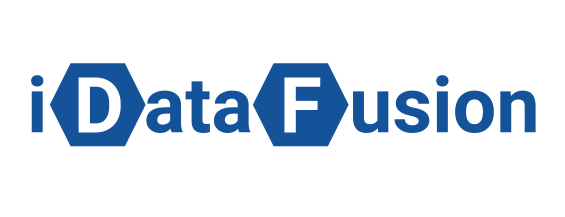Article
How to manage ML datasets with Vertex AI Approaches
Making Our Data Useful: A Guide for Companies to Elevate Business Using Machine Learning
In an era where data is abundant, companies are seeking ways to transform their vast data resources into meaningful predictions and actionable insights. This guide focuses on leveraging machine learning (ML) models to take business to the next level.
Diverse Teams and Data Approaches:
The journey into ML is diverse, involving teams with different levels of expertise, varying datasets, and unique paths to training ML models. This diversity necessitates a tailored approach to ensure that every team, regardless of their expertise level, can effectively utilize ML.
Accelerating Machine Learning Implementation:
A key goal for many teams is to expedite the integration of machine learning into their processes. This acceleration is crucial for staying competitive and relevant in a rapidly evolving digital landscape.
The Machine Learning Cycle - Level 1: Data Preparation:
The first step in the ML cycle is preparing the data. Data sets offer the capability to select and label data directly from an interface, streamlining the process and ensuring accuracy.
Tracking and Comparing Data:
An essential aspect of ML is the ability to track the origin of data and compare metrics across different models. This comparison helps in refining models and achieving better accuracy.
Customized Model Training Programs:
Individualized training programs for models using customized data samples are crucial for creating models that are specifically tailored to the company’s needs.
The Central Role of the Database:
The database is central to the training process. Building a database involves selecting the right data, creating and modifying the database accordingly, and then constructing models based on these refined databases.
Four Main Types of Data:
- Video Data Sets: Involving classification, action recognition, and object tracking.
- Photo/Image Data Sets: Including image classification, object detection, and image segmentation.
- Tabular Data Sets: Focused on regression, classification, and forecasting.
- Text Data Sets: Encompassing classification, entity extraction, and sentiment analysis.
Each of these data types is further divided into subtypes, with built-in models supporting the identification of one or multiple labels.
Ensuring Model Closeness to User Data:
It is crucial to ensure that your model closely matches the data that your users will send. For instance, when dealing with images, including blurred images and background images in the sample can help the model better understand real-world scenarios.
Data Set Precision and Size:
Dividing the data is necessary to correct distortions and ensure accuracy. It is recommended to have at least 1000 labeled photos in your dataset. The larger and more precise your database, the more effective your model will be.
If you want to know more about this topic. watch the video below at the link.
If you want to know more about this topic. watch the video below at the link.
CASE STUDIES
CONTACT US
Drop us a note and we'll get back to you within a day
